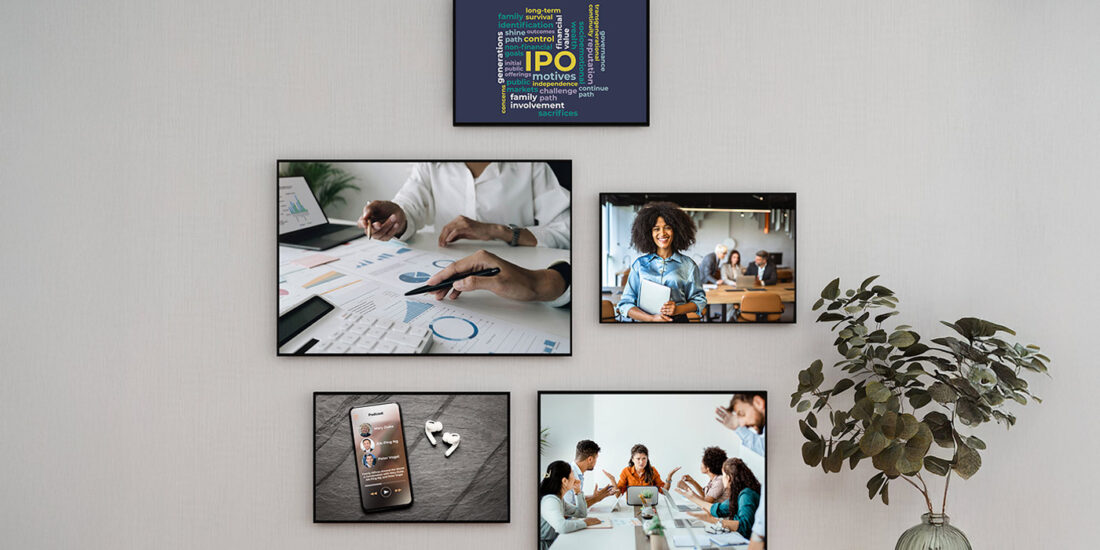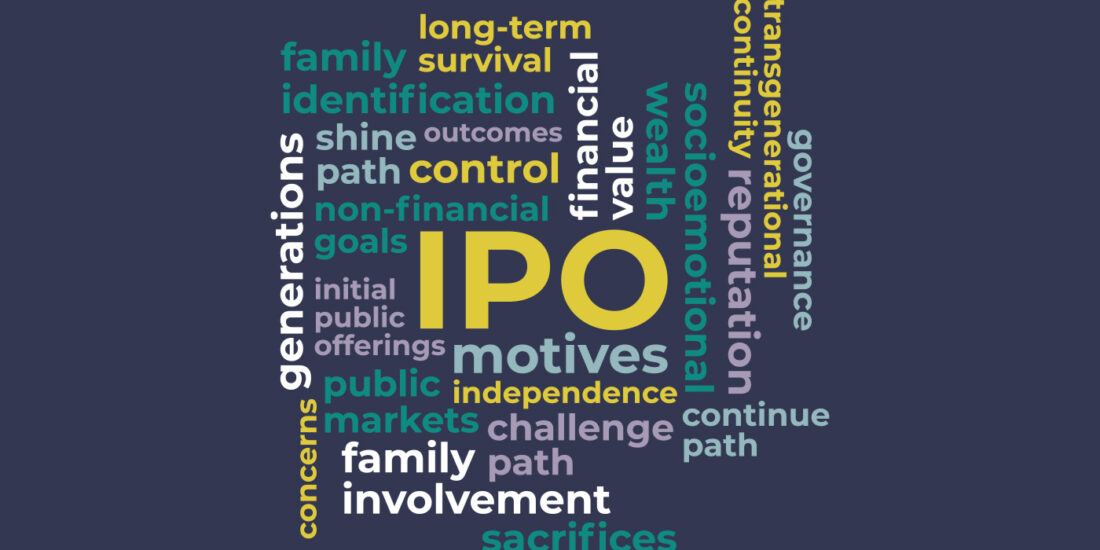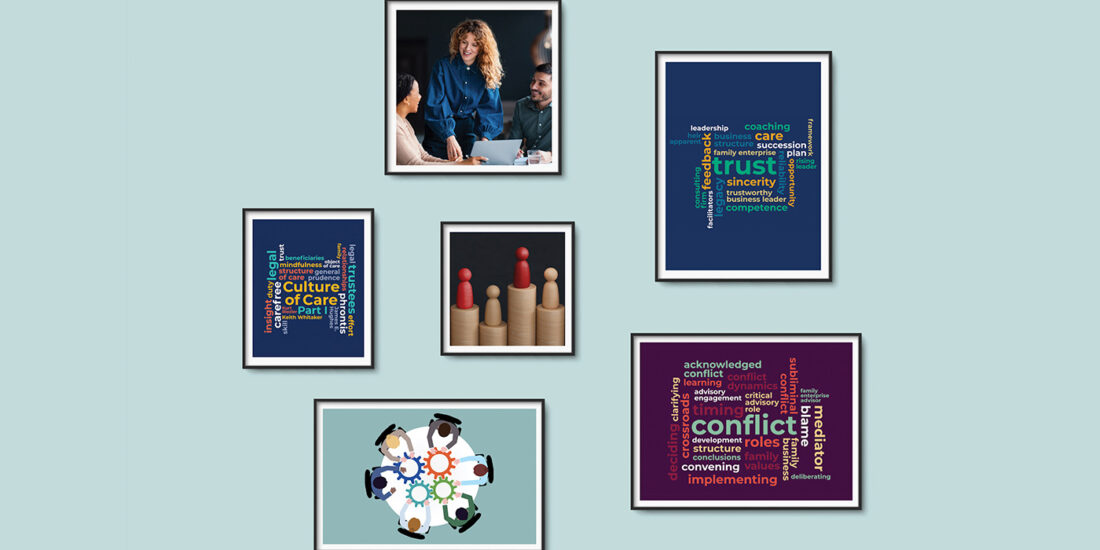Seeing the Light: Using visual ethnography in family business settings
(Author: Robert Smith)
Research Applied summary prepared by Nava Michael-Tsbari, Technion—Israel Institute of Technology
Offering a new perspective for research, this paper seeks to examine the possible usage of visual ethnography in family business research. Visual ethnography involves the analysis of visual images and visual imagery to improve our understanding of organizational life i.e., how it has been used, and more importantly, how it could be used. The purpose is to illustrate the usefulness of this qualitative method in producing new insights into family enterprise.
Researchers and practitioners are invited to read meaning derived from observing images, where the role of the observer is to encourage a story to unfold. Indeed, meaning is provided by the observer by interpreting the signs and symbols embedded intentionally, or accidentally, in the text, picture, or view. Alternatively, it may entail the observer viewing and analyzing the content of video tapes, or as in the case of this study, analyzing still photographs, which are captured for posterity and endowed with historical and cultural meaning.
This new research tool is important because it presents essences not depicted by the written word and captures, for example, feelings, emotions and values such as love, pride, irony, sarcasm, or contradiction. Irrespective of how the facts are captured, the visual record preserves data so that it can be studied in detail.
Advantages of visual ethnography include:
- The research is viewed through the eyes of the participant
- It captures the private worlds of respondents
- It captures unintended information
- It cuts through tired clichés and expectations
- It captures a synergy between academic and applied perspectives
Disadvantages of visual ethnography include:
- A discipline that is difficult to define and formalize
- Each observer may have his/her own conclusions
- Visuals can be staged or faked
- There can be a temptation to skip methodological advice and jump straight into interpretation using personal knowledge
- The observer uses his or her own cultural background as a lens, sometimes unconsciously
In this article, the author describes how he analyses two photos: one is an exterior view of a traditional family business which is a village butchery; the second is a view of the butcher and his employees inside the shop. Analyzing the photos reveals new themes such as proprietorial pride (the way they stand), tradition (colors and design), and order (neatness of window) – themes seldom considered in existing research.
Even though this article is primarily for researchers, it also has special relevance for practitioners as it describes and supports an alternative tool for helping practitioners analyze family business clients. The data analyzed are visuals such as photos, paintings, videos and movies created by family firms, which a practitioner can have easy access to. Learning how to consider the details, nuances and meanings of visual data may provide a rich source for practitioners who wish to have a closer look at the reality lived by family businesses rather than solely depending on the words family business members may use when describing their business. Practitioners interested in adding visual ethnography to their tool kit should read this article. In particular, take a look at Table 1 and read the section of the paper titled “Methodological Explanation and Analysis”.
About the contributor:
 Nava Michael-Tsabari is a Ph.D. candidate at the Technion—Israel Institute of Technology and can be reached at haela5@zahav.net.
Nava Michael-Tsabari is a Ph.D. candidate at the Technion—Israel Institute of Technology and can be reached at haela5@zahav.net.




